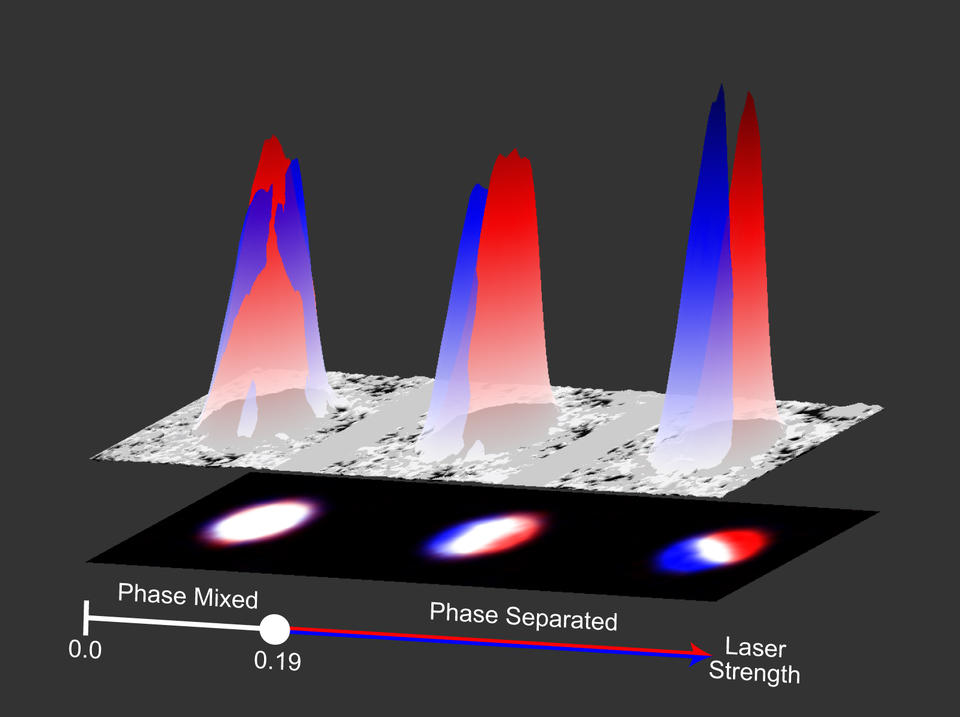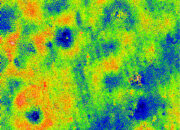Superconductivity, a phenomenon characterized by the complete absence of electrical resistance and the expulsion of magnetic fields, is one of the most fascinating aspects of condensed matter physics. It emerges under specific conditions, notably low temperatures, and is predominantly observed in certain materials. However, a common observation in the field is that the incorporation of foreign atoms—dissimilar elements or atoms—often enhances superconducting properties. This intriguing interaction between dopants and host materials offers a rich avenue for exploration, revealing mechanisms that transcend conventional understandings of conductivity.
At its core, the phenomenon of superconductivity is primarily governed by the Bardeen-Cooper-Schrieffer (BCS) theory, which describes how pairs of electrons, known as Cooper pairs, can form at low temperatures and condense into a coherent quantum state. Typically, this pairing is facilitated by lattice vibrations, or phonons, which mediate attractive interactions between electrons. The introduction of foreign atoms into a superconducting matrix can significantly influence this pairing mechanism, often leading to an enhancement in transition temperature, denoted as Tc.
Fundamentally, the act of doping a superconductor with foreign atoms alters the electronic structure of the material. By substituting host atoms with dopant atoms, one can modify the density of states at the Fermi level, which is a crucial parameter influencing superconductivity. For instance, in high-temperature superconductors such as cuprates, the introduction of elements like calcium or barium into lanthanum cuprate alters the charge carrier density, which, in turn, affects the superconducting properties of the material. This adjustment can lead to a phenomenon known as carrier doping, where the introduction of additional charge carriers facilitates the formation of Cooper pairs.
The advent of superconductivity in materials like iron-based superconductors is another remarkable example of how foreign atoms play a critical role. Iron pnictides, for example, demonstrate that dopants such as rare earth elements can enhance superconducting transitions. The local electronic environment surrounding these dopants induces variations in the electronic structure and can promote the pairing of electrons by tailoring the intricacies of the Fermi surface. Such alterations often lead to the emergence of new superconducting phases, underscoring the importance of foreign atoms in the broader landscape of superconductivity.
Moreover, the geometric and symmetry considerations provide deeper insight into this phenomenon. Many superconductors exhibit varying crystal symmetries, which significantly influence the electronic interactions and, subsequently, the Cooper pair formation. When foreign atoms are integrated, they can disturb the lattice symmetry, potentially leading to new structural phases that are conducive to superconductivity. This aspect emphasizes the interplay between crystal structure, symmetry, and electronic interactions in emergence of superconductivity.
One of the compelling aspects of the relationship between foreign atoms and superconductivity lies in the complexity of the electronic phase diagram. The phase diagram typically features a dome-shaped region where superconductivity manifests as a function of dopant concentration. The underlying reasons for this curvilinear relationship can be understood in light of electron-phonon coupling, competing magnetic interactions, and other electronic correlations. Specifically, with the gradual addition of dopants, one can witness transitions between different electronic states, thus revealing the delicate balance that must be maintained for superconducting properties to flourish.
Notably, the phenomenon of non-stoichiometry—the deviation from a fixed ratio of constituents—has emerged as a notable theme in the study of superconductors. In materials like magnesium diboride (MgB2), introducing foreign atoms and adjusting the stoichiometric ratios often leads to changes in critical temperature and coherence lengths. These variations elucidate the profound impact that non-ideal compositions can have on the electronic properties and ultimately on superconductivity. This sensitivity to atomic arrangement highlights the nuanced interplay between structure and electronic behavior, furthering the understanding of how superconductivity emerges in unconventional materials.
Additionally, this exploration extends beyond mere atomic substitutions. The incorporation of nano-sized foreign particles can also produce remarkable effects on the superconducting state. For instance, the introduction of nanoparticles into a superconducting matrix may facilitate vortex pinning, suppressing quantum fluctuations and stabilizing the superconducting phase. This engenders practical implications for applications in power transmission and magnetic levitation, demonstrating that foreign atoms do not only enhance fundamental understanding but also lead towards the innovation of novel superconducting applications.
In summary, the influence of foreign atoms on superconductivity is a multi-faceted and evolving area of research that interlaces theory with experimental validation. The integration of dopants modifies the electronic environment, affecting carrier density, lattice symmetry, and ultimately the formation of Cooper pairs. As science pursues deeper insights into this intricate dance of electrons and lattices, it uncovers a universe where elementary particles, crystal structures, and condensed states converge. Thus, the study of foreign atoms in superconductors not only enriches theoretical frameworks but also invigorates the quest for innovative materials harnessing the formidable power of superconductivity.










